How To Switch To Solar In Florida
Ready to switch to solar but not sure how to begin? We’ve got you covered!
- Home
- How To Switch To Solar
Home Solar Energy
Trade In Your High Electric Bill
There’s never been a better time to switch to solar power in Florida, especially with double digit rate increases the past few years.
Trade your sky-high electric bill for one low monthly payment and cut project costs by 30% with the solar tax credit. Our customers save $1,200 per year on average with home solar energy and you can too. The sooner you switch, the sooner you can start saving!
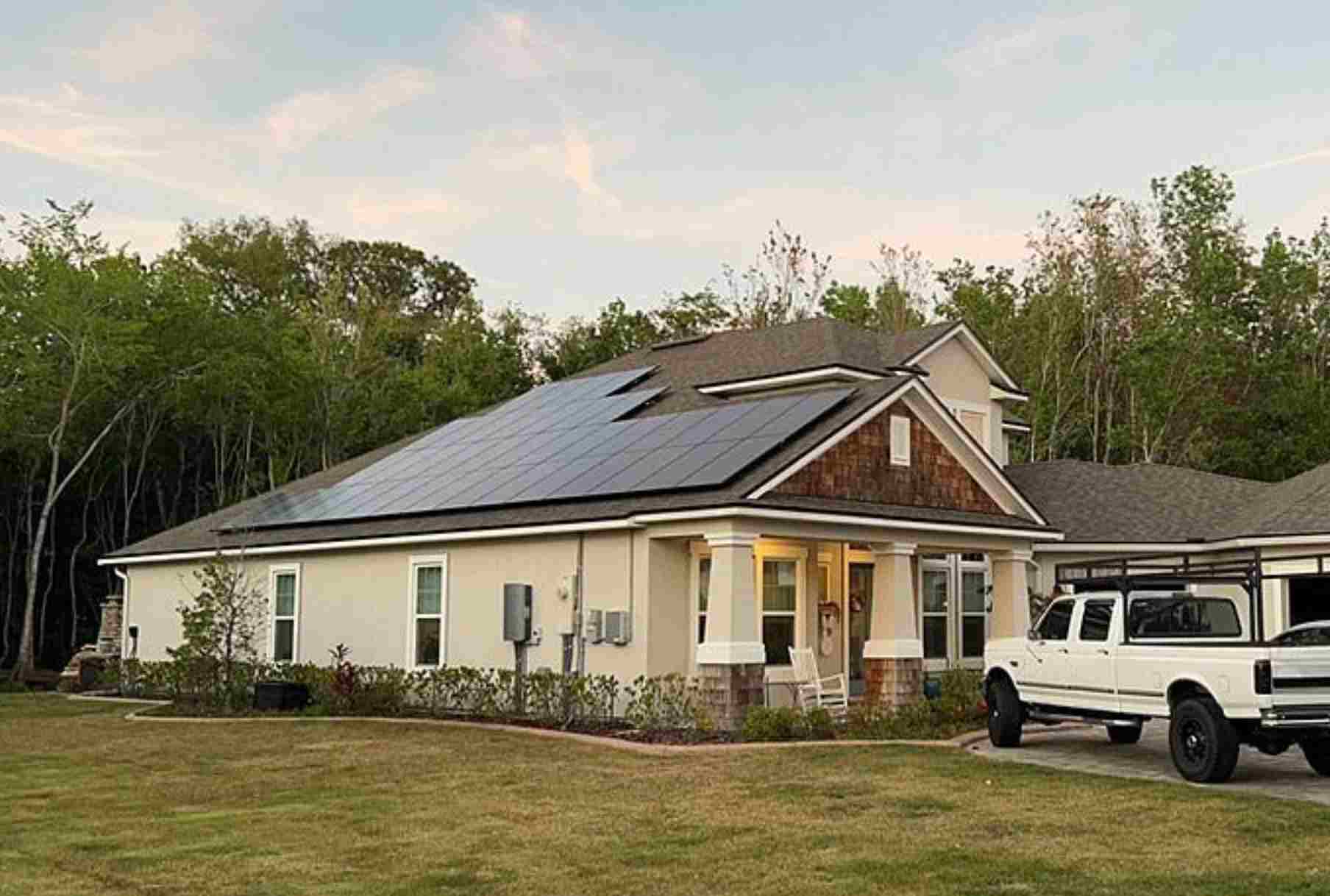

Switch To Solar In 10 Easy Steps
How To Go Solar In Florida
Making the switch to solar is easier than you think.
From start to finish, the process takes about two months. We’ve outlined the entire process below and included additional resources for each step of the way.
Have questions, or ready to get started? Call (904) 595-6835 to get a free solar panel quote and meet with our experts.
Savings Starts Here
By clicking “Get Started”, I authorize Raze Solar to contact me regarding solar products using the phone number I entered, even if I am on a “do not call” list. Message and data rates may apply. Consent here is not a condition of purchase. Please read our Privacy Policy for more information on how we collect personal information.
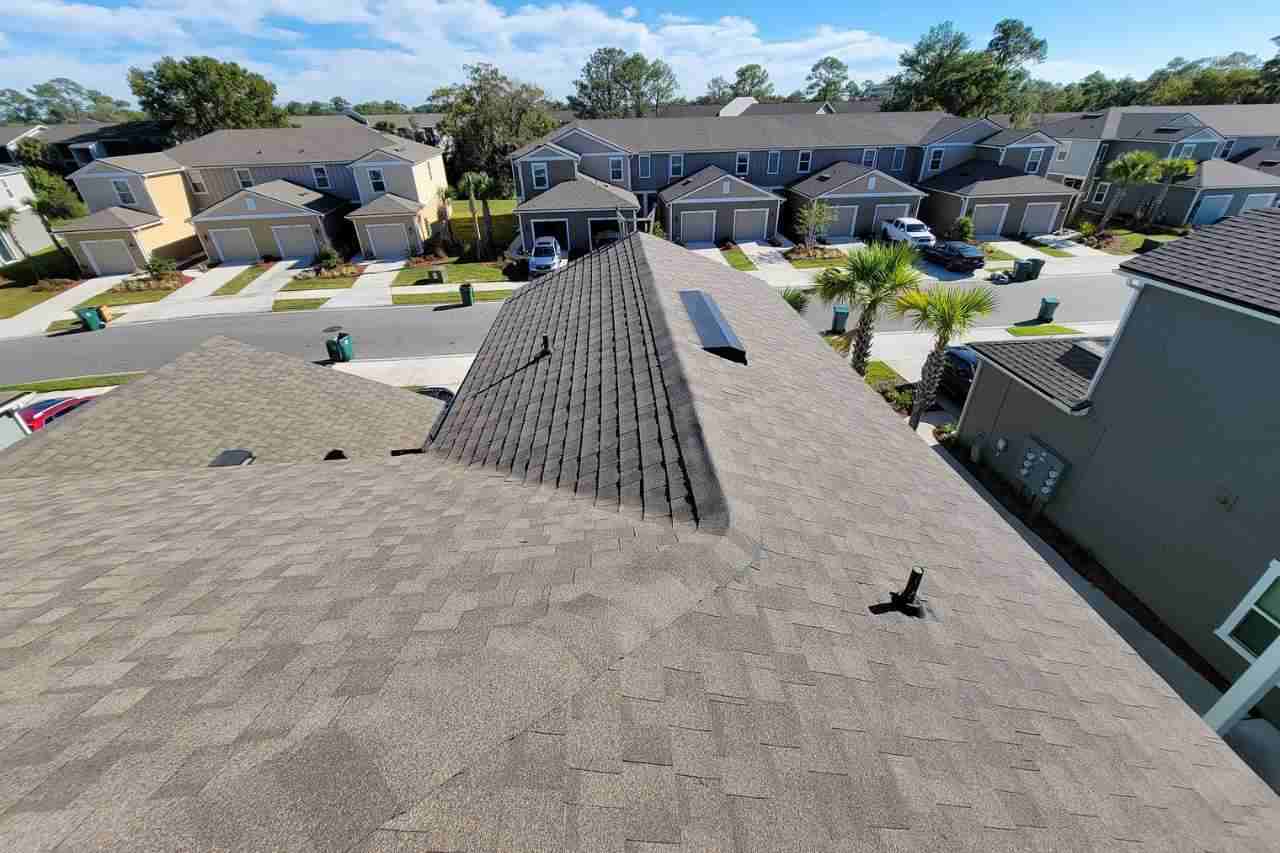
Switch to Solar - Step #1
Determine If Your Home Is A Good Fit For Solar Panels
Most think getting a solar panel quote is the first step towards monthly savings, but before you make the call, you’ll want to make sure your home is a good fit for solar panels. This includes knowing your home’s energy needs, making sure your roof gets enough sun, and that you’ll qualify for the solar tax credit.
We’ve made it easy for Florida homeowners to decide if solar makes sense. Access our free online checklist to see if your home meets the qualifications to switch to solar.
Step #2
Choose Your Solar Connection Type
Do you want to remain connected to the energy grid or be completely independent by using solar batteries? Are you looking for the most cost-effective option or one that will ensure your home has power during a blackout? These are just a few of the questions that help you determine what connection type is right for your home.
Not sure which option is best for your home? Learn the pros and cons of each and how to choose the best type for your home in our online guide.
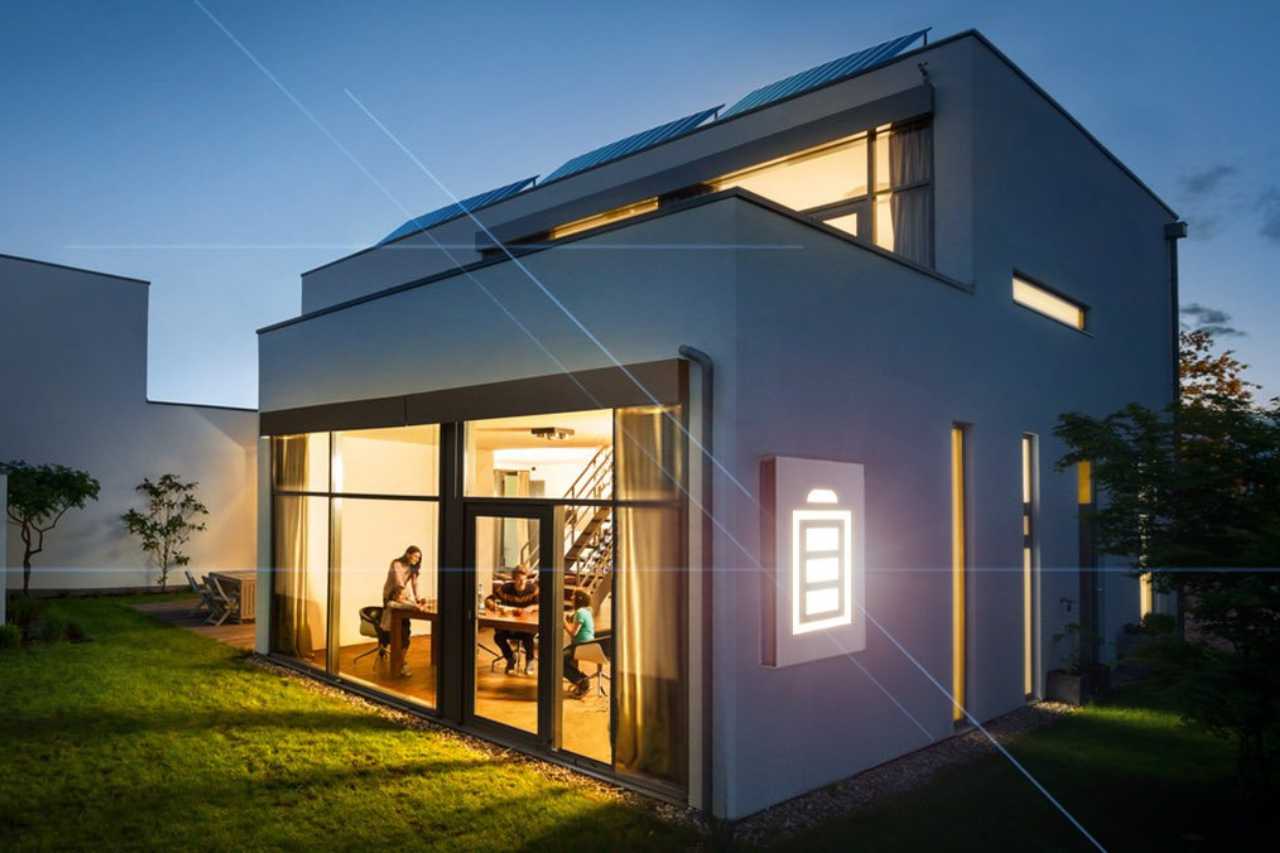

Step #3
Get A Solar Panel Quote
Once you’ve determined your home is a good fit for solar panels and you’ve chosen a connection type, the next step is to get a quote (or multiple) from a licensed solar energy company.
Home solar quotes should include the following:
- Free roof assessment
- Analysis of home energy needs over 12+ months
- Average amount of sunlight your roof receives
- Breakdown of all costs
- Custom solar design specific to your home
- Estimated yearly production
- Estimated yearly savings
Step #4
Choose A Solar Energy Company
A recent study found that national solar companies charge 10% more on average for the same size systems. How can you choose the best solar energy company and avoid scams? Find out in our free guide and learn what to look for.
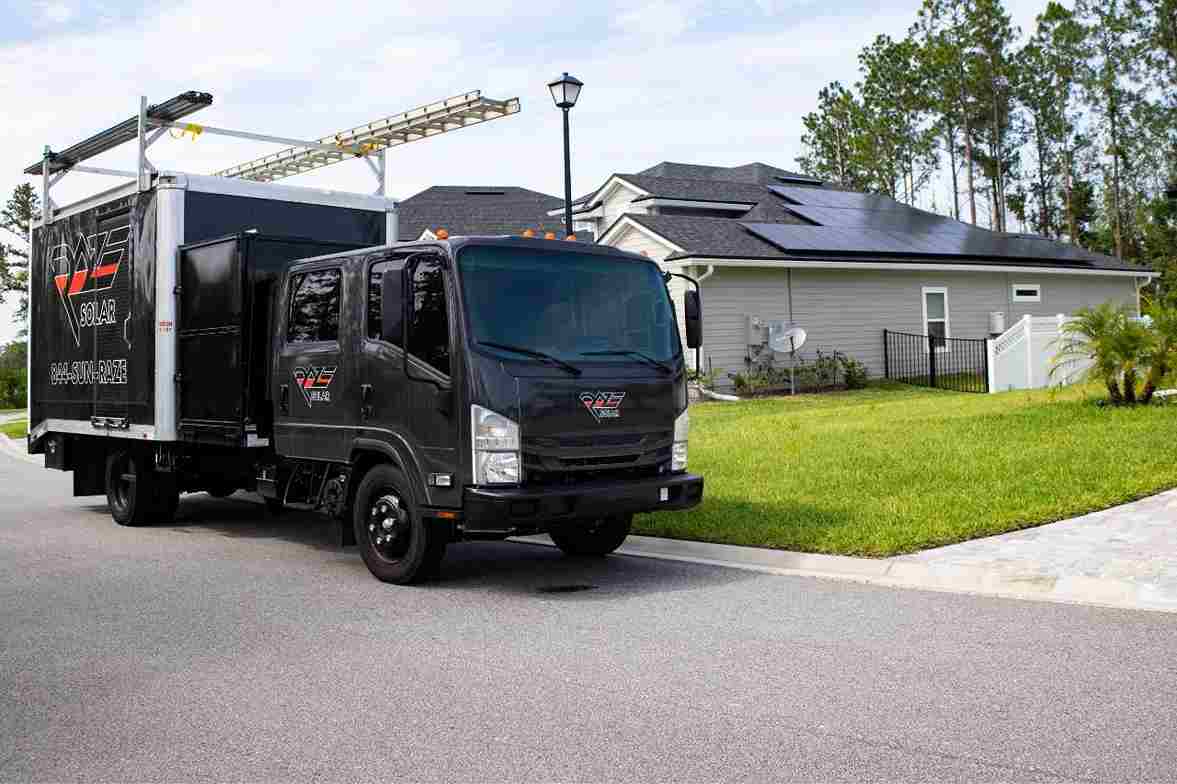

Step #5
Get Solar Panel Financing
Most Florida homeowners don’t have enough savings to pay for solar panels without help from financing, and that’s ok! You have several options to choose from when you switch your home to solar, and it’s easy to get started.
Step #6
Complete Net Metering Application
If you want to remain connected to the energy grid to take advantage of net metering, you will need to let your energy company know prior to installation. This typically includes an application and fee.
When you choose Raze Solar as your solar energy company, we handle all permits and pay all fees associated with making the switch.
Once your application has been processed, a smart meter will be installed to track any power your solar panels send to the grid.


Step #7
Update Homeowner's Insurance
If your solar panels remain connected to the energy grid, they will fall within one of three tiers based on system size. These are set by the Public Service Commission in Florida, and some have additional insurance requirements homeowners must adhere to in order to get permission to operate the system from the utility company.
Tier 1: Systems up to 11,764 watts, no insurance requirement
Tier 2: Systems over 11,764 watts, require $1 million of liability insurance through homeowners’ insurance or as an umbrella policy
Tier 3: Utility-scale projects over 2 megawatts, not applicable to residential solar projects
In most cases, all it takes is a call to your homeowner’s insurance company to request an increase in coverage for solar panels. If you don’t already have homeowners insurance, you will need to get a policy.
Step #8
Schedule Solar Panel Installation
Once the energy company and city permits are approved, materials will be ordered, and your solar panel installation will be scheduled!
In most cases, our team is able to complete the entire installation process in one day. If your system is connected to the grid, a final inspection will be scheduled with your energy company, and a smart meter will be installed. Once that is completed, you will receive permission to operate, and the process to switch your home to solar will be complete!
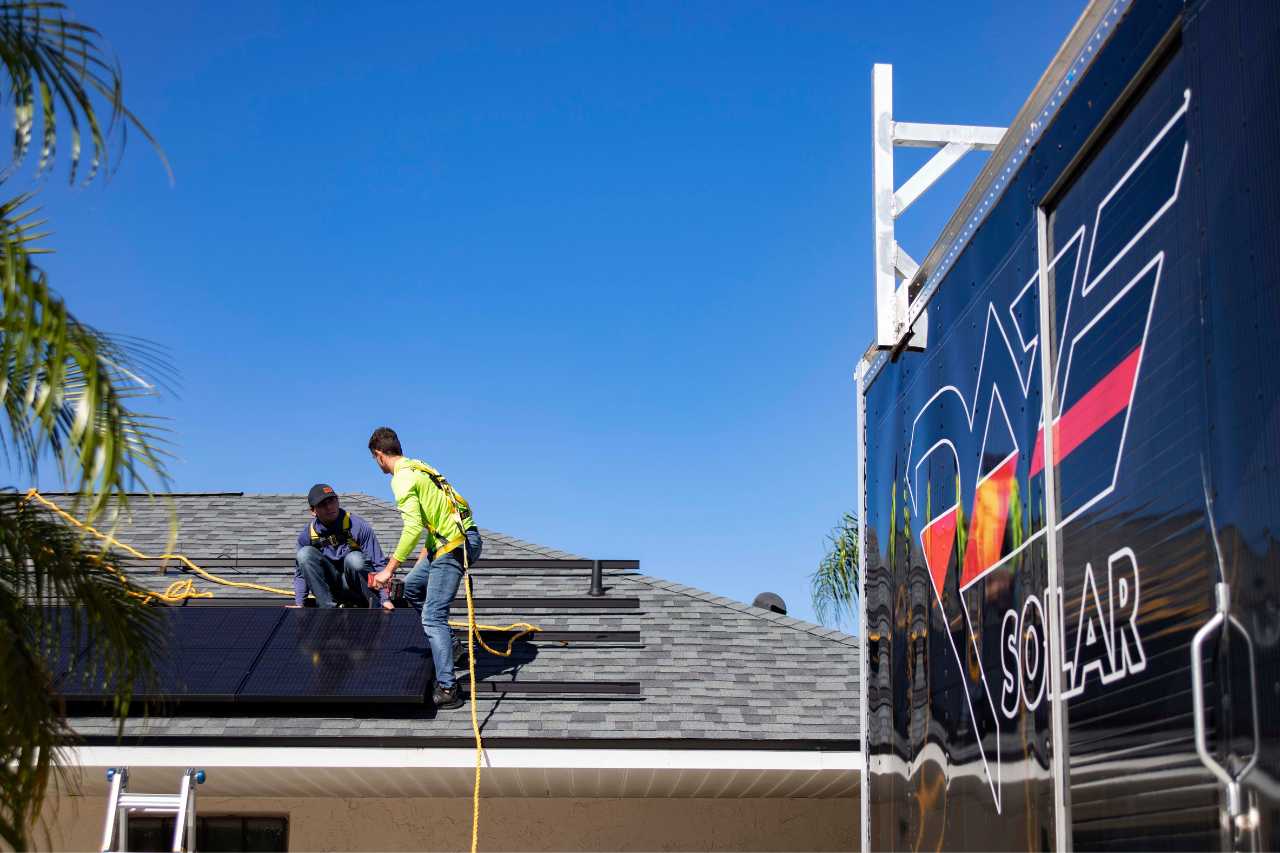

Step #9
Download Solar Monitoring App
We make it easy to track system performance, energy gains, and home consumption through an easy-to-use app. Once your solar panels are installed, we will provide you with the login and help you set up the account.
Step #10
Understand Solar Panel Maintenance
There is very little Florida homeowners need to do when it comes to solar panel maintenance, but seasonal checks can help keep production high and costs low. Access our free guide and know when solar panel maintenance is needed.
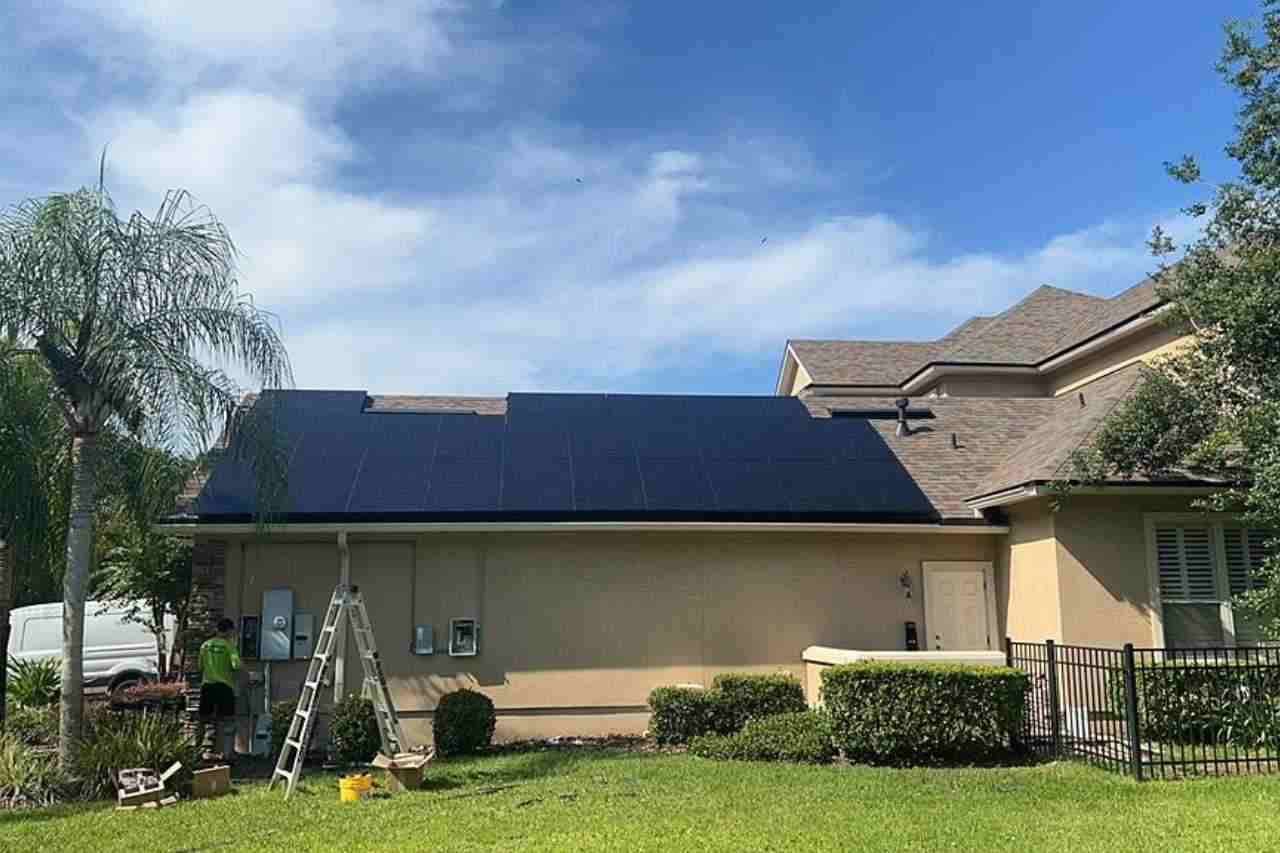
Why Switch To Solar?
Change Feels Good
With solar panels, you can help mitigate the effects of climate change. What’s even better is that you can save money while doing it. The environmental impact of just one average size Florida home can make a big difference.
